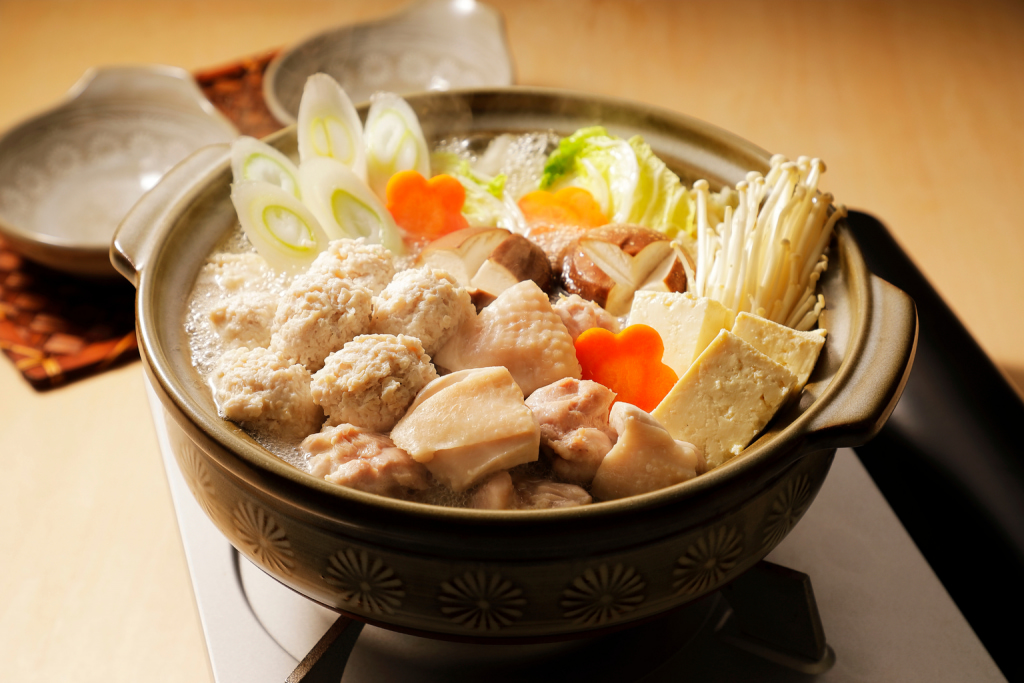There’s nothing really quite like a hearty hot pot to ward off the chill of winter. It’s a versatile dish you can throw together at home and an easy way to encourage people to eat their greens. Not all nabe, however, are made equal, and some local hot pot recipes are hard to sample outside of their particular regions. We’ve compiled a handful of hot pot dishes from around Japan that are worth the trip.
1. Anko Nabe, Ibaraki Prefecture
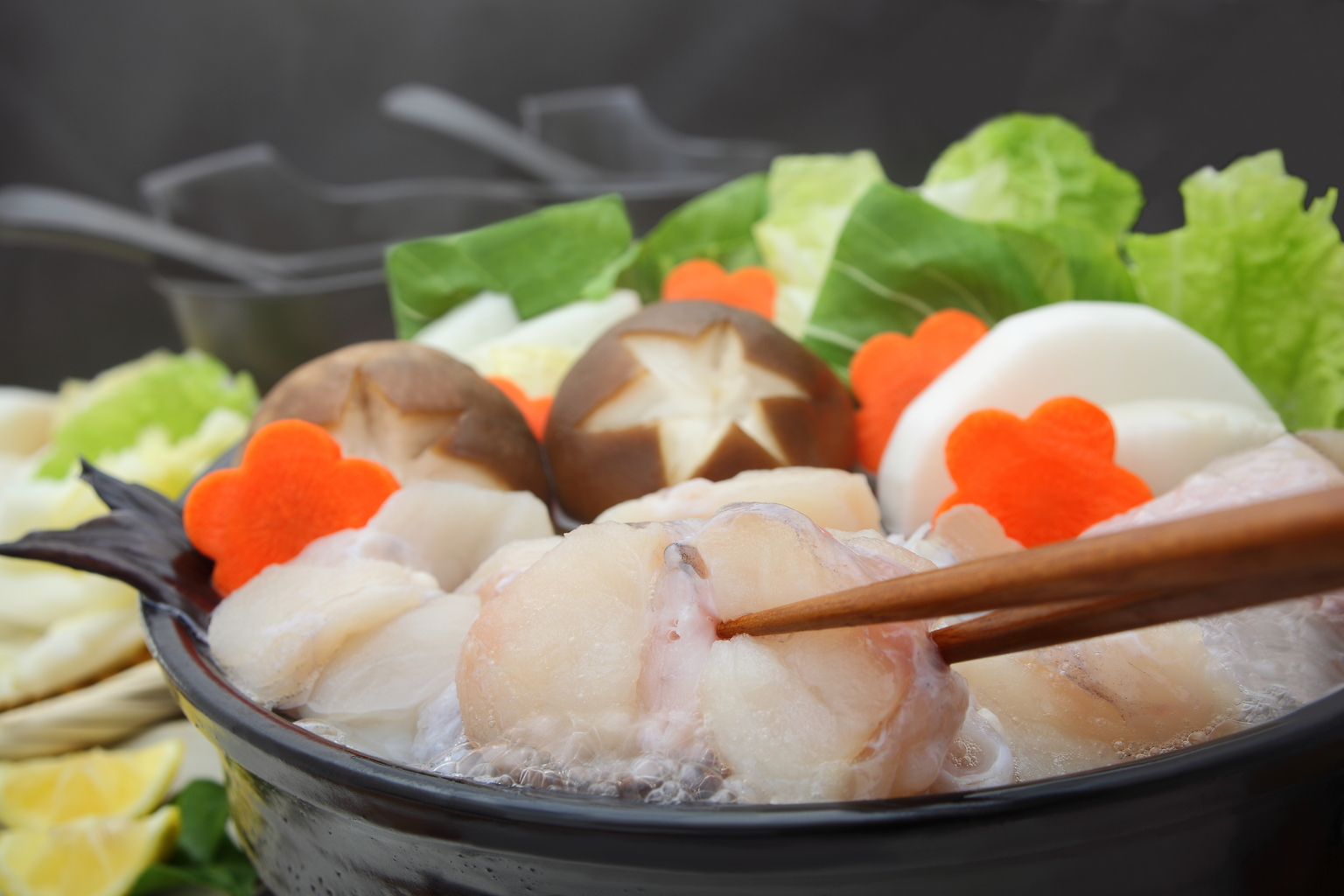
Given its resemblance to something out of a horror flick, anko (monkfish, goosefish or sea devil in English) seems an unlikely winter menu staple. Just as we shouldn’t judge a book by its cover, we shouldn’t judge deep-sea nightmare fuel by its face. This homely fish is a sought-after delicacy on Ibaraki’s coast from November to February — and with good reason: Monkfish’s meaty white flesh is tender and sweet. In fact, it’s strikingly similar to lobster. When served in nabe form, the liver is steamed and mixed into the soup base, giving it a rich and creamy flavor.
Where to find it: When in season, anko nabe is available at almost any upscale restaurant or hotel in eastern Ibaraki. But for a special treat, head to Oarai Hotel. It’s one of its winter mainstays and is available from November 1 to March 31. The hotel staff also perform a monkfish-cutting show (similar to tuna cutting shows at sushi restaurants) with fresh hauls offered throughout the season.
2. Kaki no Dotenabe, Hiroshima Prefecture
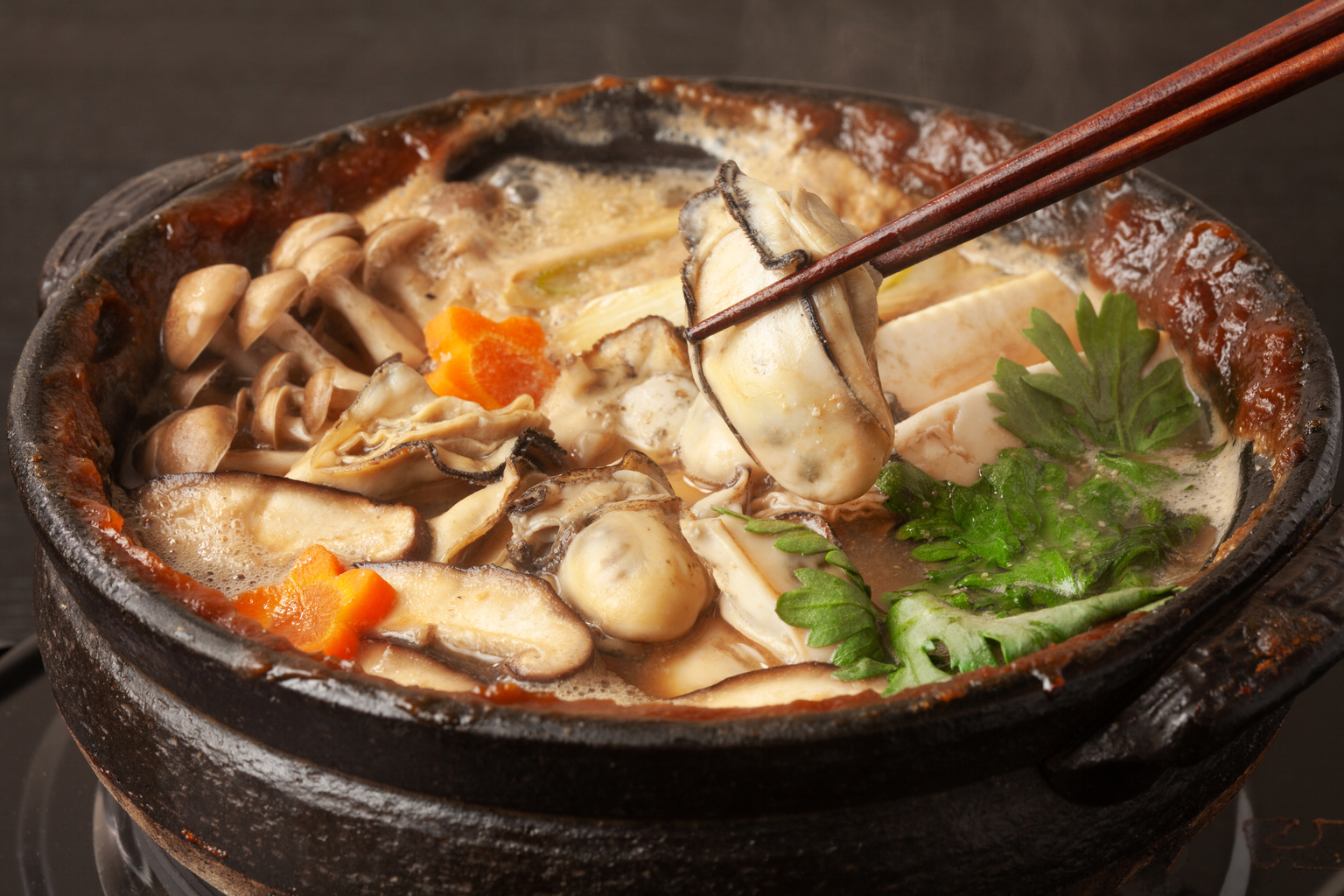
Hiroshima’s oyster farms account for about 60 percent of Japan’s overall oyster output, so it may come as no surprise that one of the region’s signature hot pots includes this meaty mollusk. Kaki no dotenabe is served in a shallow earthenware pot and features grilled tofu, plump oysters and a selection of vegetables. The inner rim of the pot is lined with a miso paste embankment, which diners gradually break down into the soup to adjust the broth’s seasoning. Add a squeeze of fresh lemon juice, another Hiroshima specialty, to add an extra bite.
Where to find it: The oyster season starts in mid-autumn and lasts until early spring and you’ll find several oyster festivals (with both grilled and raw oysters, as well as kaki no dotenabe) along the coast throughout January and February. For a restaurant dining experience, head to Geishu, which not only offers oyster hot pots, but the notorious fugu pufferfish, too.
3. Nama-wakame Shabu Shabu, Miyagi Prefecture
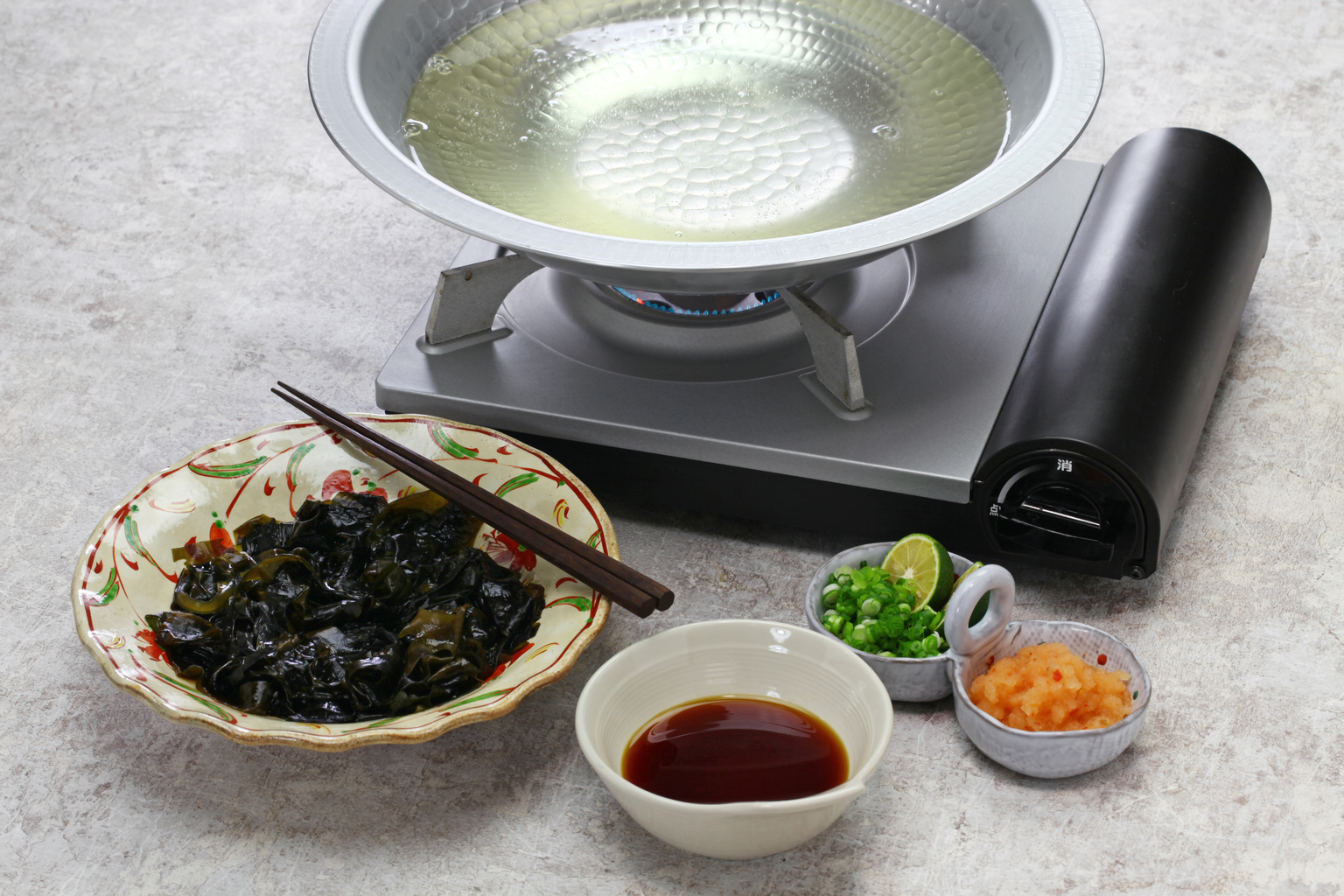
Minamisanriku, in Miyagi Prefecture, is Japan’s leading producer of wakame seaweed, a staple ingredient of miso soup. However, while the wakame in miso soup is typically dried or preserved with salt, Miyagi Prefecture residents have the privilege of being able to eat this species of kelp when harvested in winter. Grown in the harsh waters of the Pacific, Minamisanriku wakame is both thicker and fleshier, making it the ideal main ingredient for a shabu shabu. Simply dip the raw seaweed into the boiling pot and watch as it transforms from dark brown to bright green as you swish it around. After that, it’s best dipped in ponzu sauce or Umazukuri, a Kesennuma-produced soy sauce seasoned with chili peppers.
Where to try it: From February to April, rustic inn Seikanso serves up not only nama-wakame shabu shabu but also wakame rice, and other seasonal seafood dishes. The inn sources its fresh fish and wakame directly from fishermen at nearby Utatsu Tomarihama Fishing Port.
4. Shishi Nabe, Nara Prefecture
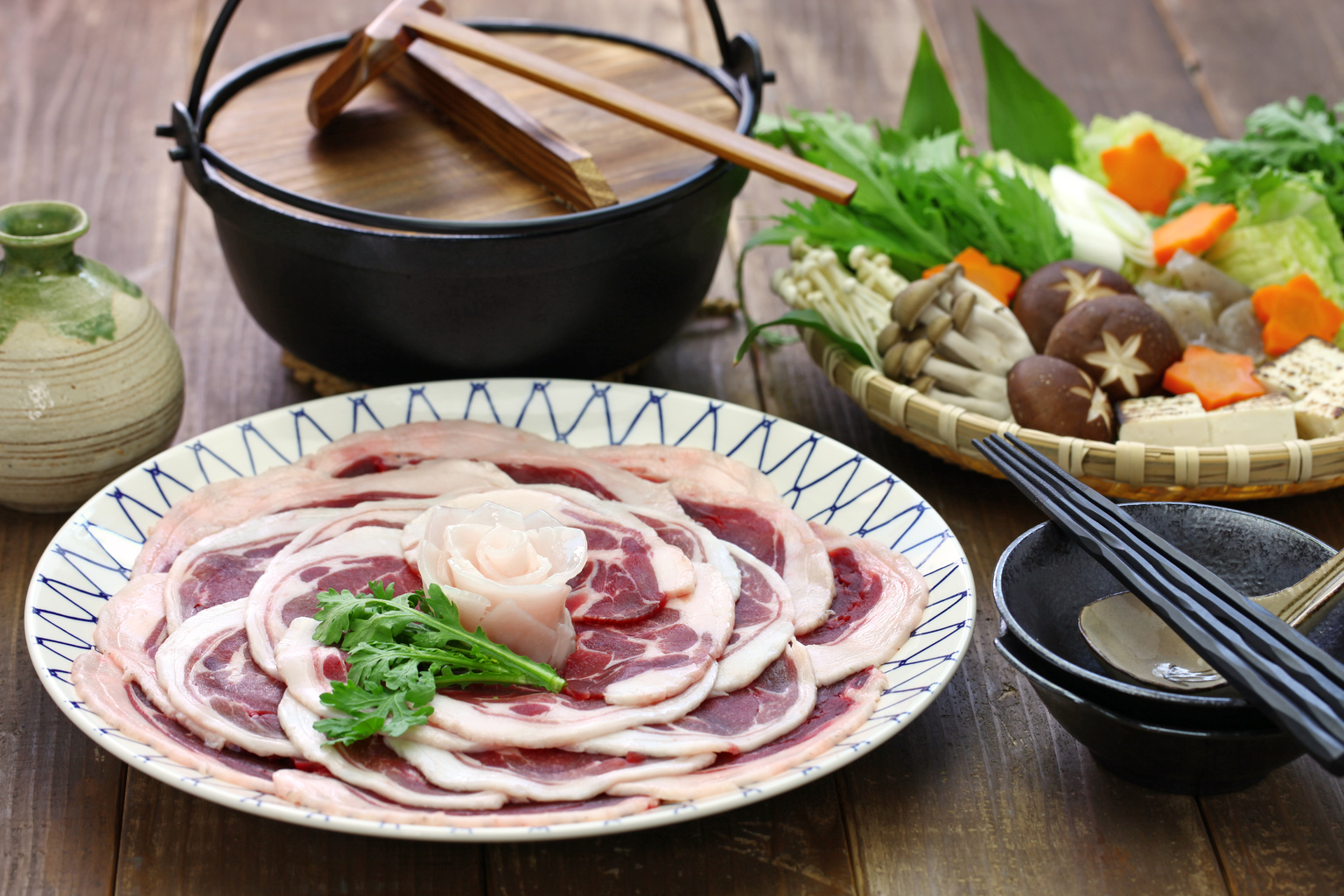
Landlocked Nara Prefecture’s representative hot pot features meat, rather than fish. Shishi nabe, known as botan nabe in other regions, is a wild boar hot pot. To cover the slightly gamey smell, shishi nabe uses fragrant ingredients like ginger and sansho pepper powder, as well as burdock root, Japanese mustard greens and other vegetables. All simmered in a miso broth, this flavorful dish is not only delicious, it’s also rich in protein and collagen.
Where to try it: Head to the heart of Nara’s historic hot spring resort, Dorogawa Onsen, to sample this winter warmer in style. Traditional inn Kuboji serves shishi nabe using Mount Omine wild boar, which is sustainably provided by local hunters. Round off the night by soaking in the open-air bath before bed.
5. Iriyaki Nabe, Nagasaki Prefecture

This nourishing Tsushima Island specialty has been a popular wintertime go-to for generations. Almost exclusively served at home and often at special occasions, each family and area of the island has its own take on it. Most often, the main ingredients are either locally raised chicken, medina and yellowtail, or a combination of both poultry and fish. At the denouement of the meal, Tsushima residents will add somen noodles, instead of the typical rice or ramen noodles, to use up and take advantage of the remaining broth.
Where to try it: Shimamoto offers a range of Tsushima-specific favorites, including iriyaki. Try the conger eel, or ishiyaki (a DIY barbeque meal where you cook fish and vegetables on a heated rock) while you’re here. Note that ishiyaki requires reservations at least one day in advance.
This article was published in Tokyo Weekender’s Nov-Dec 2021 magazine. Flip through the issue by clicking on the image below.

